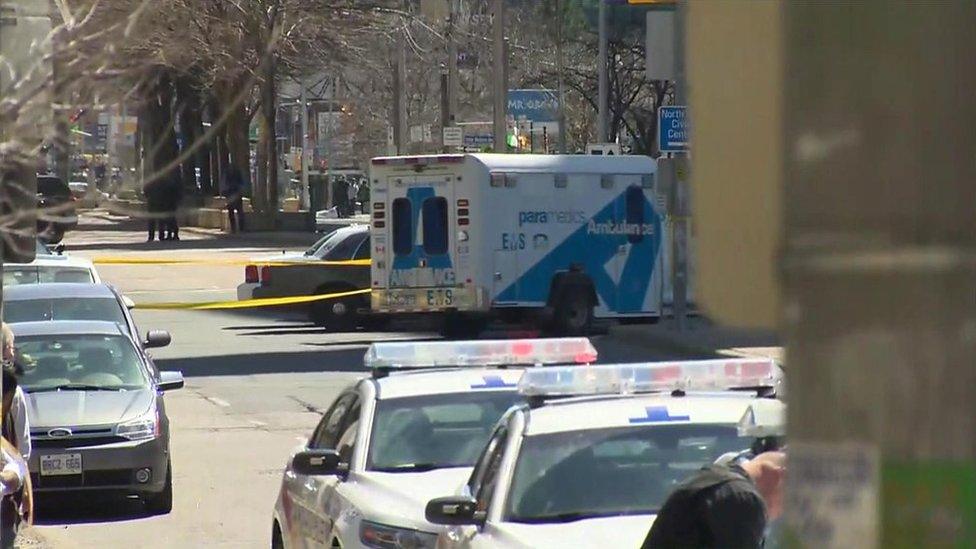Toronto van attack: Calm actions of police stun US
- Published
"I have a gun in my pocket" – the moment Alek Minassian was arrested.
The calm actions of a police officer who arrested the Toronto van suspect without firing a shot have prompted praise and, in some quarters, astonishment.
Video from the scene shows suspect Alek Minassian pointing an object at the officer and shouting: "Kill me!"
The officer tells the man to "get down" and when the suspect says he has a gun, the officer repeats: "I don't care. Get down."
Videos on social media show, external Mr Minassian lying down as the officer arrests him.
Many in North America are asking how the suspect did not end up dead in a hail of police gunfire. It contrasts with incidents in the US where police have shot and killed unarmed people.
"Research has shown that Canadian police are reluctant users of deadly force," says Rick Parent, a criminologist at Simon Fraser University in Canada's British Columbia.
"An analysis of police shooting data over many years revealed, that in comparison to their American counterparts, Canadian police officers discharge their firearms far less, per capita than US police. However, like American police officers they take many risks in protecting the public."
One US-based academic told the BBC that the officer would have had a "duty" to kill the suspect, if the object he was pointing was a gun.
Toronto Police Chief Mark Saunders told journalists the officer had done a "fantastic job" to understand the "circumstance and environment" and get to a "peaceful resolution".
He said police in the city were "taught to use as little force as possible in any given situation".
Allow X content?
This article contains content provided by X. We ask for your permission before anything is loaded, as they may be using cookies and other technologies. You may want to read X’s cookie policy, external and privacy policy, external before accepting. To view this content choose ‘accept and continue’.
Allow X content?
This article contains content provided by X. We ask for your permission before anything is loaded, as they may be using cookies and other technologies. You may want to read X’s cookie policy, external and privacy policy, external before accepting. To view this content choose ‘accept and continue’.
Mike McCormack, president of the Toronto Police Association, told the Globe and Mail newspaper that the officer was a "hero" and could have justified opening fire, external.
"This officer looked at what was going on and determined he could handle it the way that he did," he said. He said he had spoken to the officer, who had told him: "I just did my job. What I did was no big deal. But look at these poor people."
"Anybody in his way, he would hit": Witnesses recall Toronto van incident
Canada's Public Safety Minister Ralph Goodale praised the "brave and professional" police response.
Some on social media have praised the officer's "restraint" - while others such as author Viet Thanh Nguyen highlighted the apparent contrast with the behaviour of some US police.


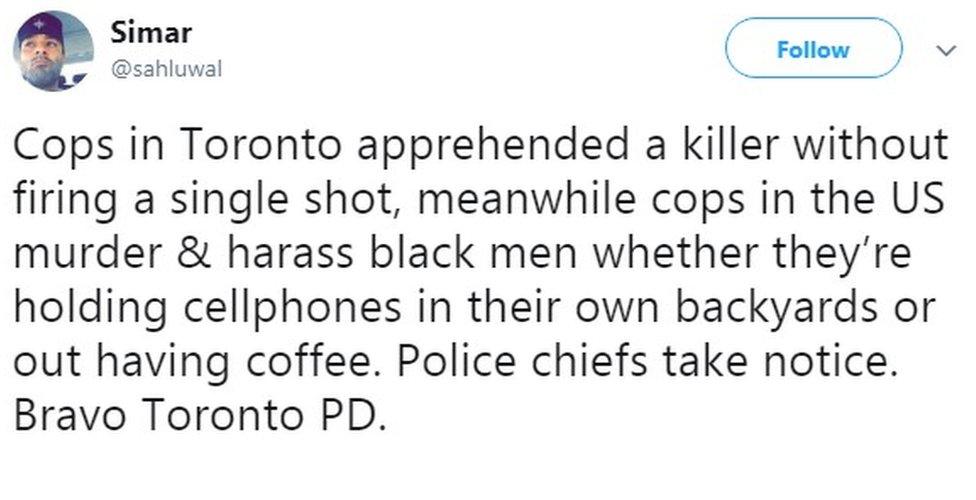
However, Michael Lyman, professor of Criminal Justice Administration at Columbia College of Missouri, told the BBC that the officer may have had a "duty" to kill the suspect.
"Assuming the suspect is holding a gun and pointing it toward officers, it is concerning that the officer is not engaging the suspect with deadly force," he said.
Professor Lyman said that the officer might not have opened fire out of fear of public criticism after the event.
"People died as a result of the suspect's actions. Can we assume that the officer knew this? If so, this changes things a bit in that the level of public threat is higher. Under this circumstance, it would seem that the officer had a 'duty' to respond with deadly force - assuming what he was holding was a firearm," he said.
Professor William Terrill from the Arizona State University School of Criminology & Criminal Justice said the officer may have judged that the object held by the suspect did not pose a threat.
"It's possible the officer thought the object in the person's hand was not a gun, or not a real gun. The fact that the officer left the cover of his car and exposed himself out in the open would further support such a supposition," he said.
"It's also possible the officer recognised a potential suicide-by-cop incident and chose not to engage with deadly force. The only remaining option I can posit is the officer simply froze."
David Klinger, Professor of Criminology and Criminal Justice at the University of Missouri-St Louis said the video did not show enough detail for an informed assessment of the officer's actions.
"If the cop could clearly see what was in the suspect's hand, and that it wasn't a gun, then it's a simple matter of a cop doing his job correctly," he said.
- Published24 April 2018

- Published24 April 2018
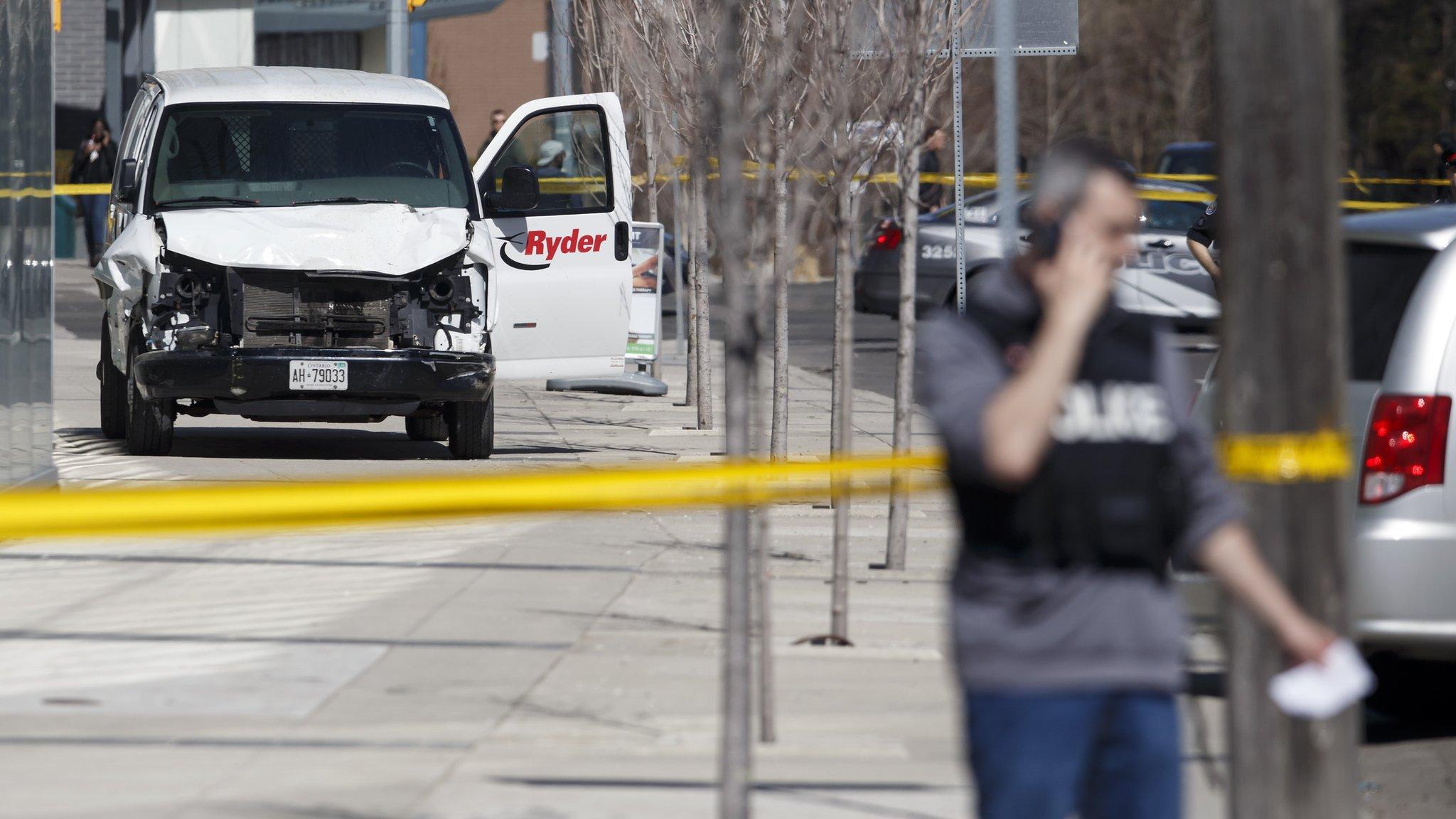
- Published24 April 2018
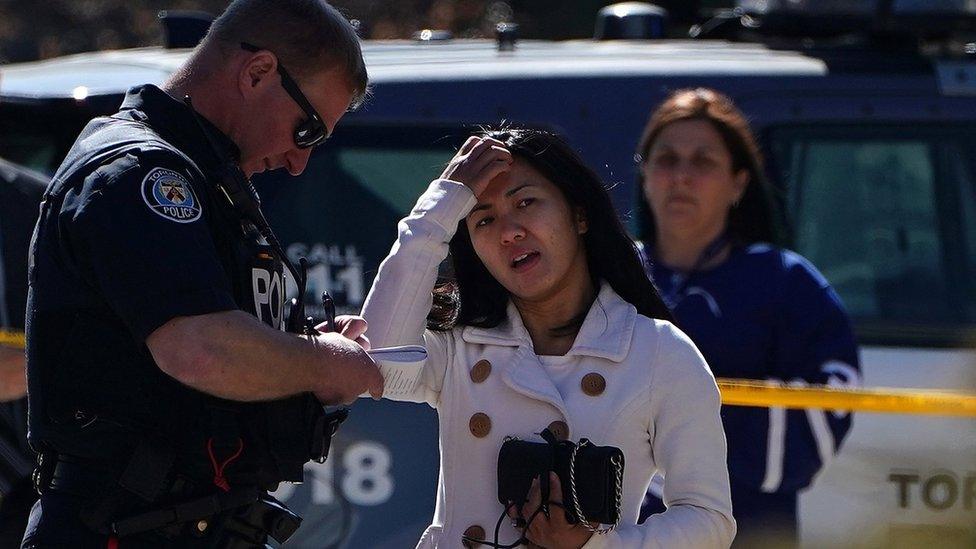
- Published24 April 2018
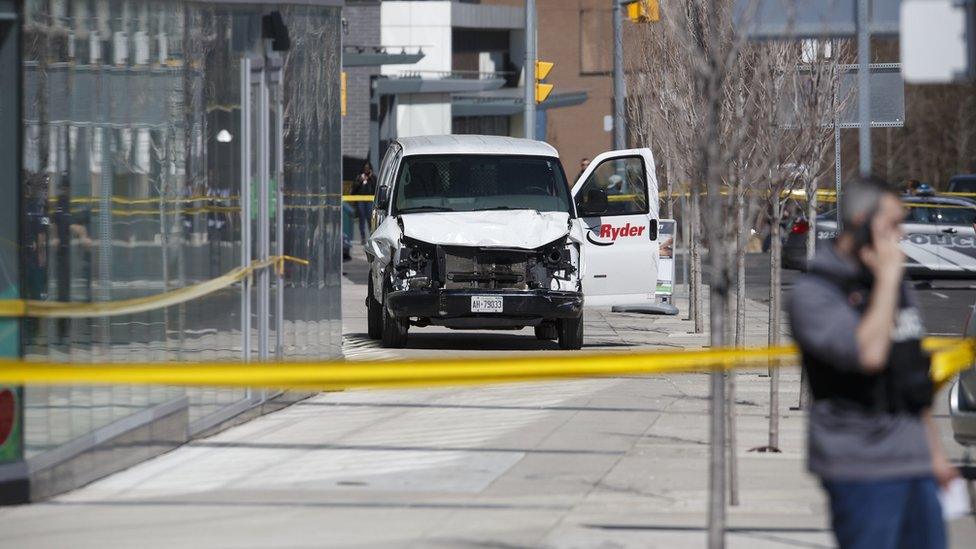
- Published23 April 2018
